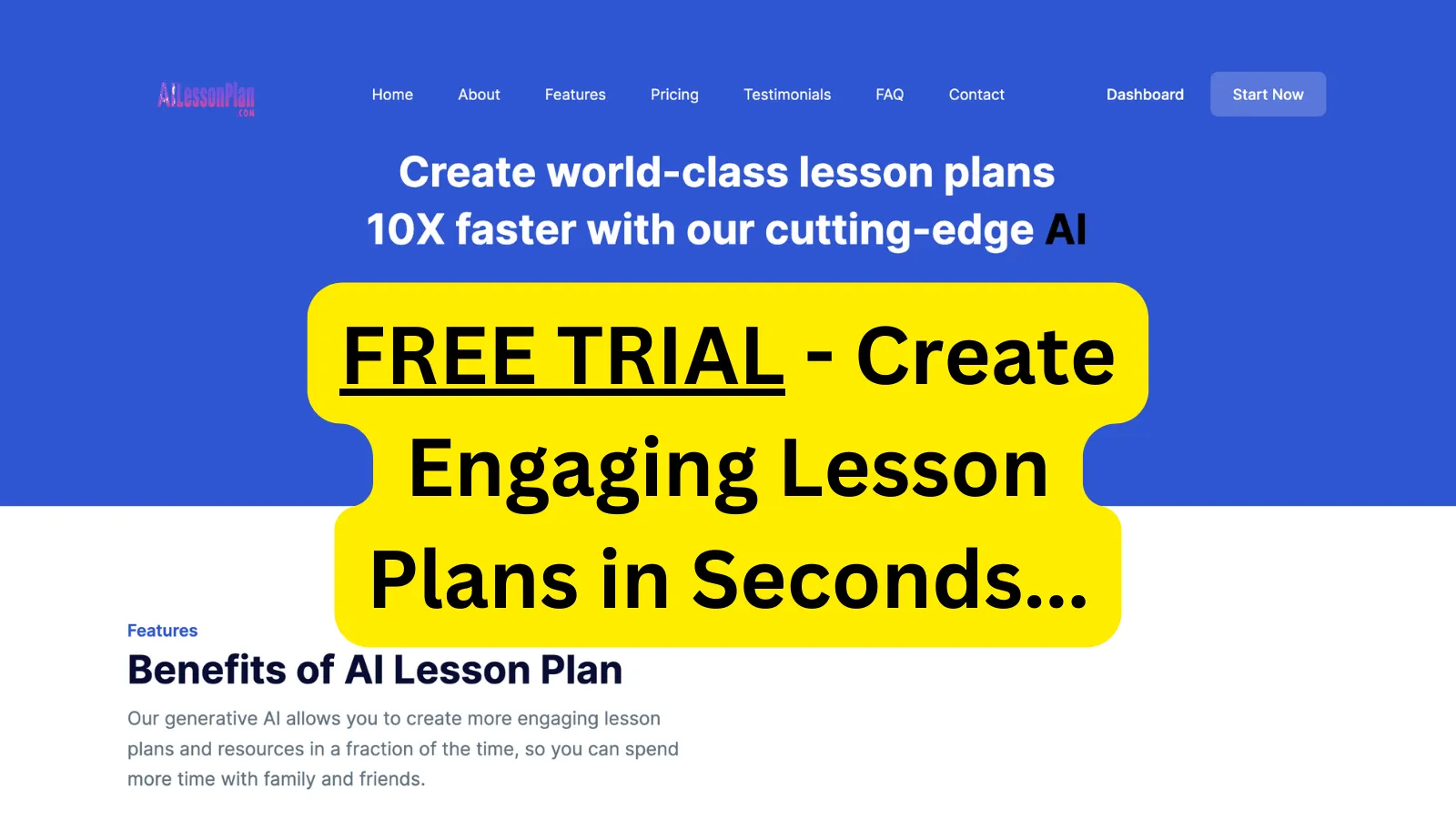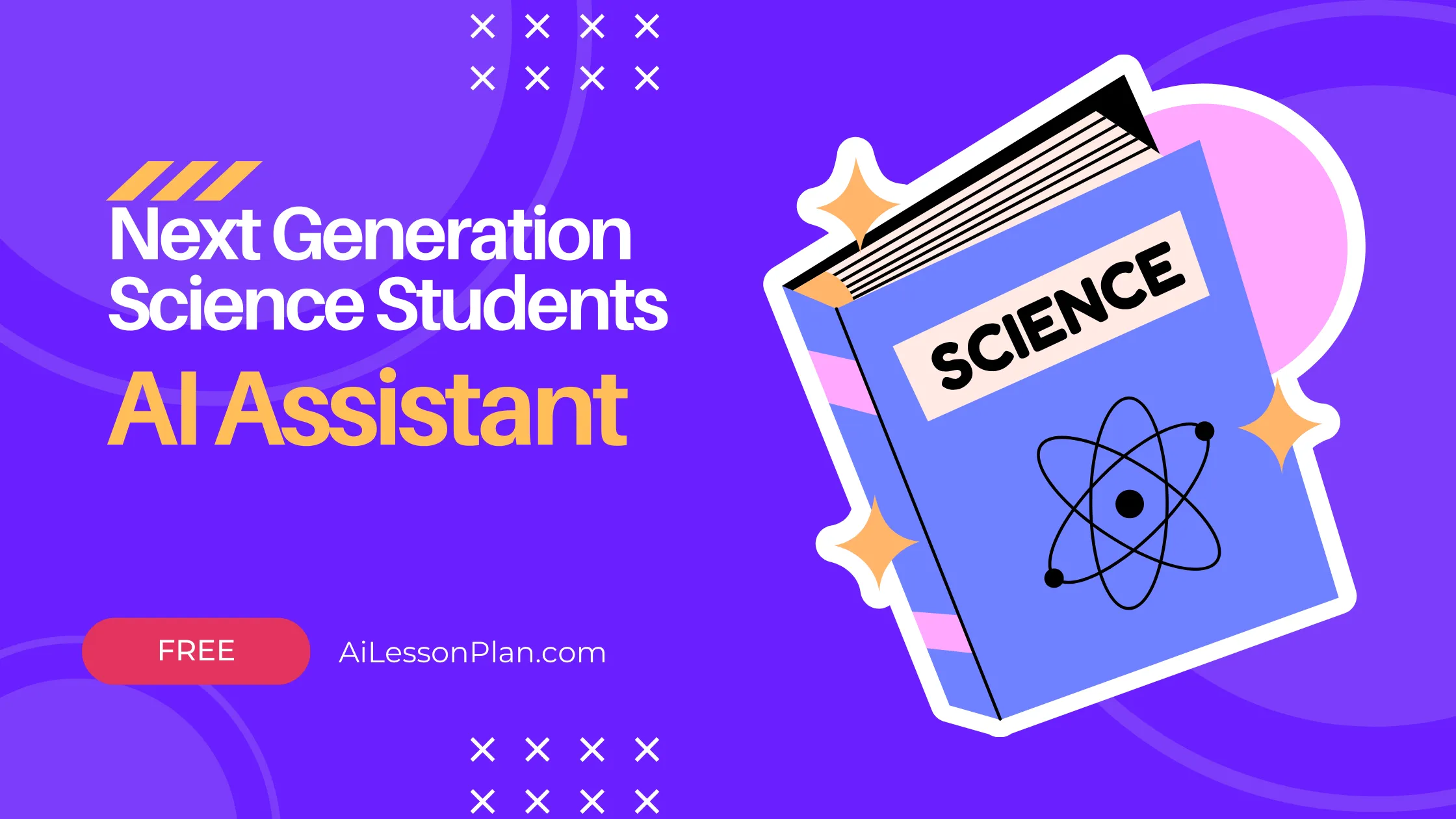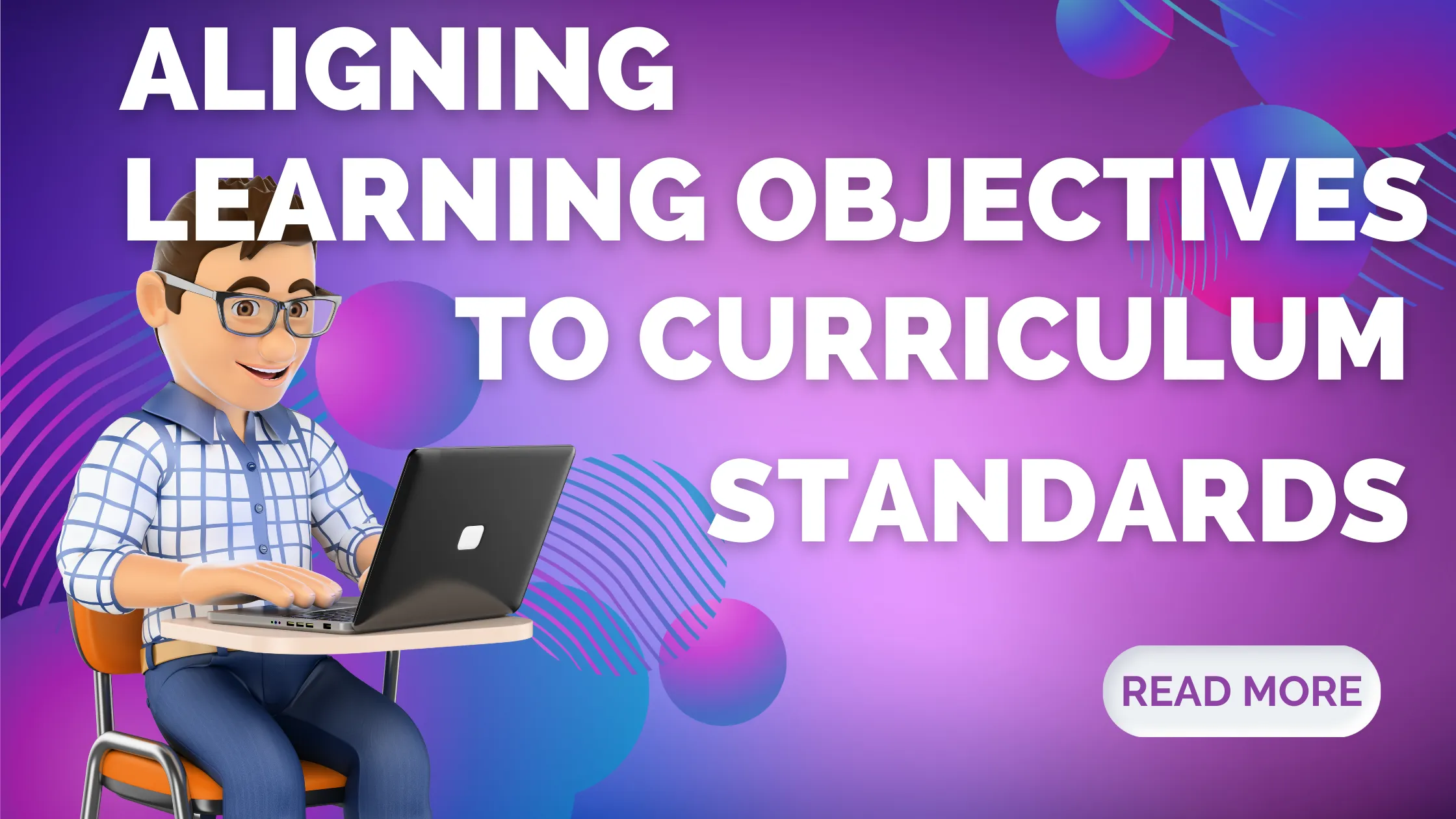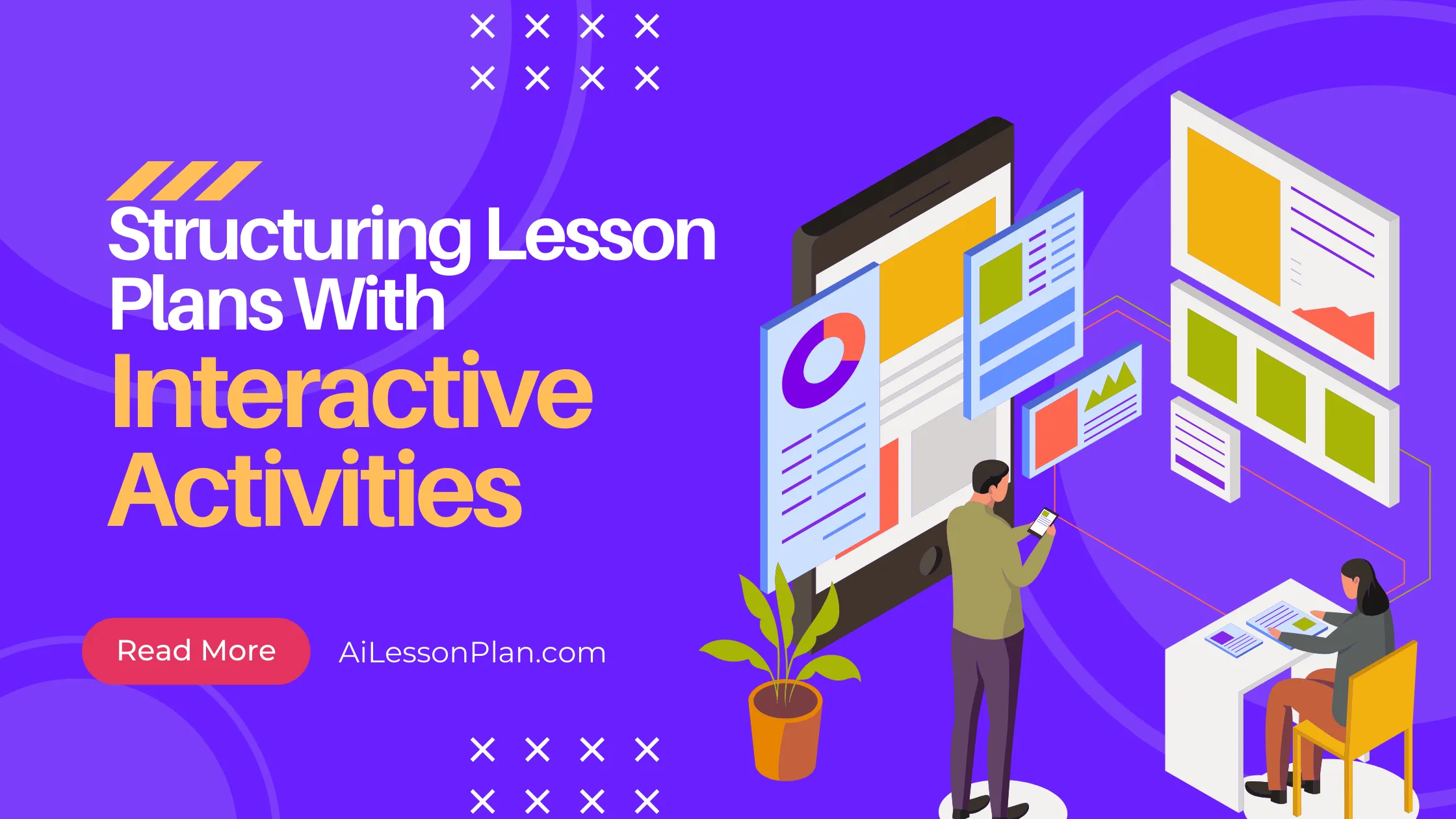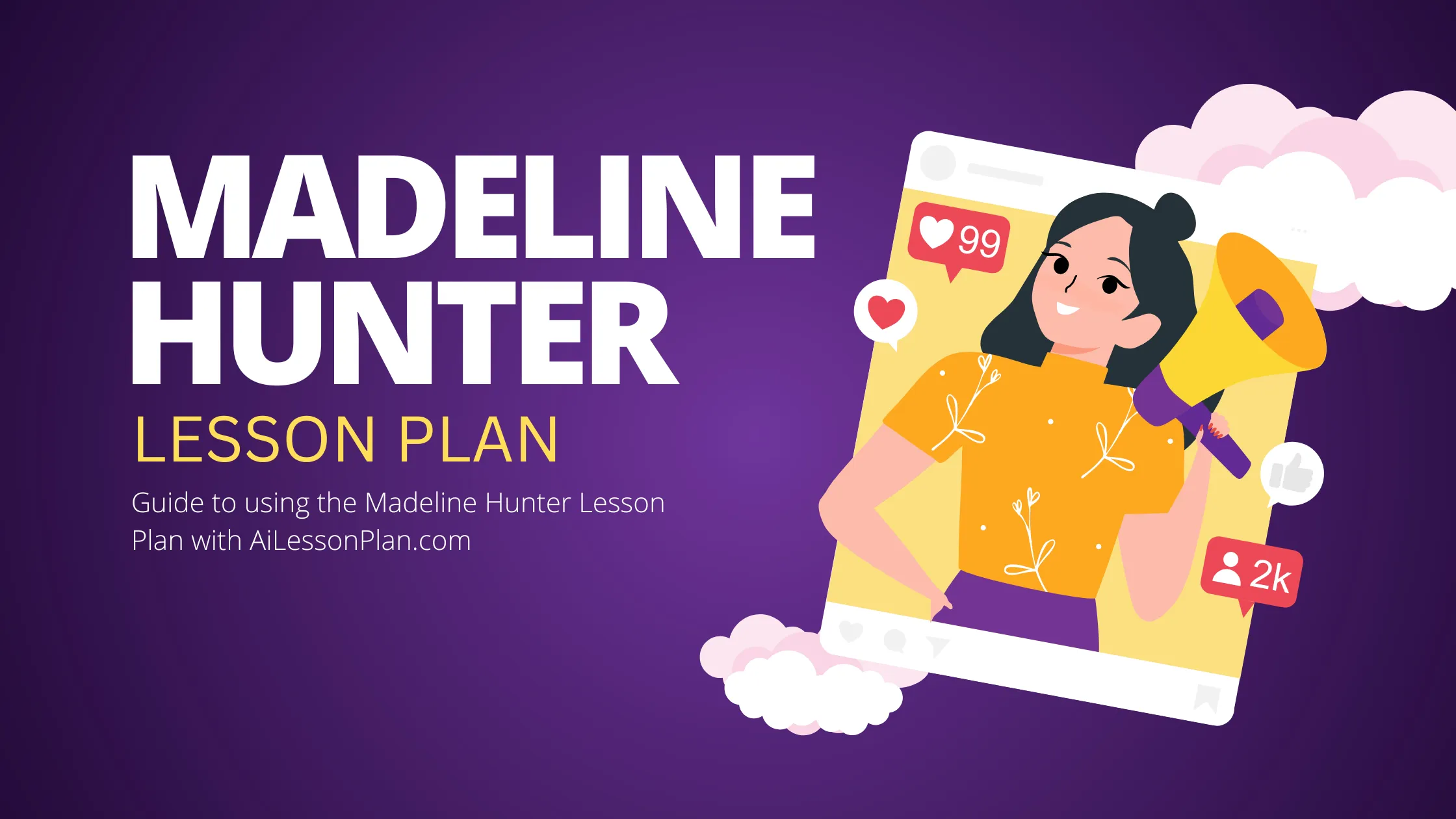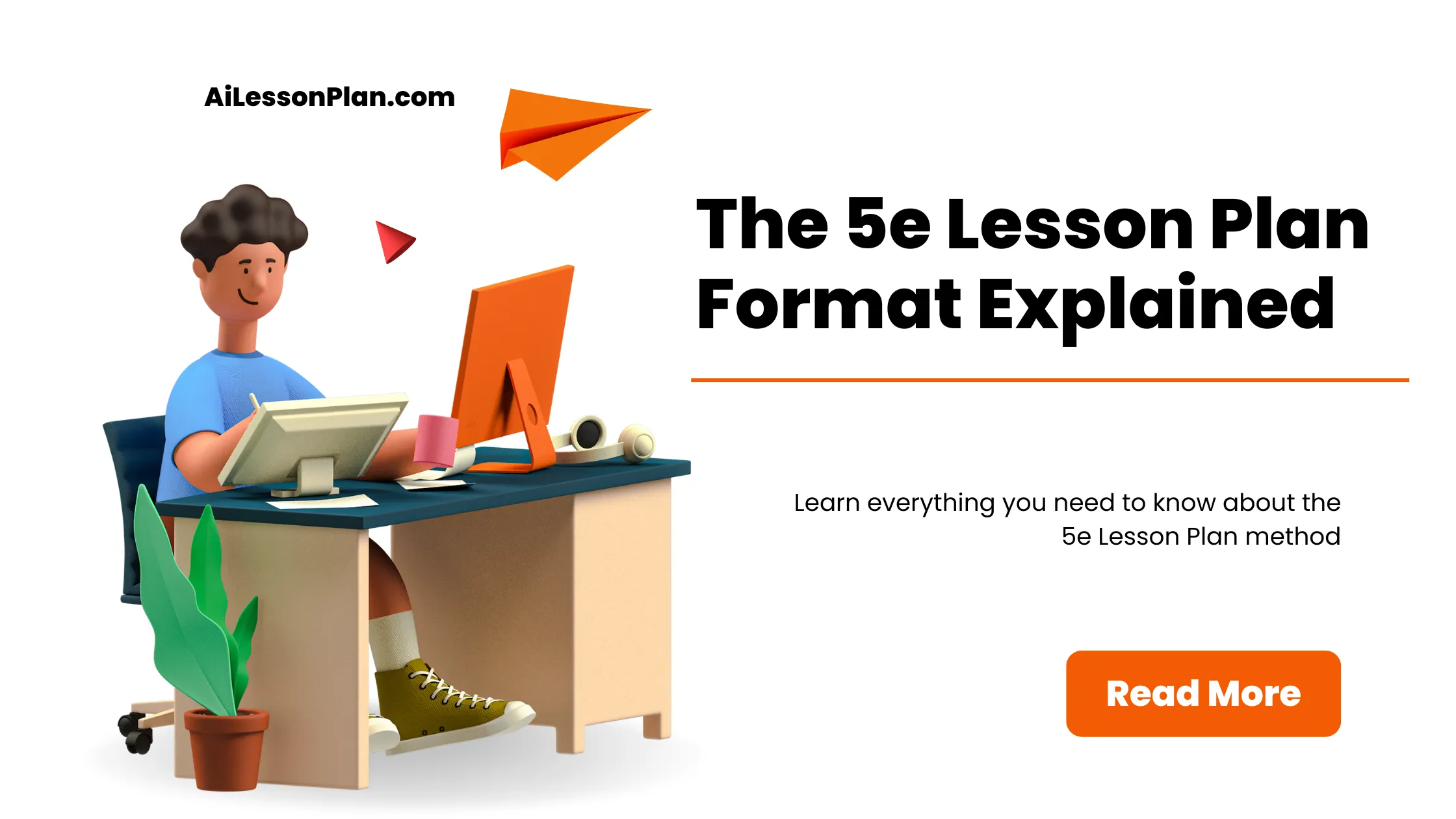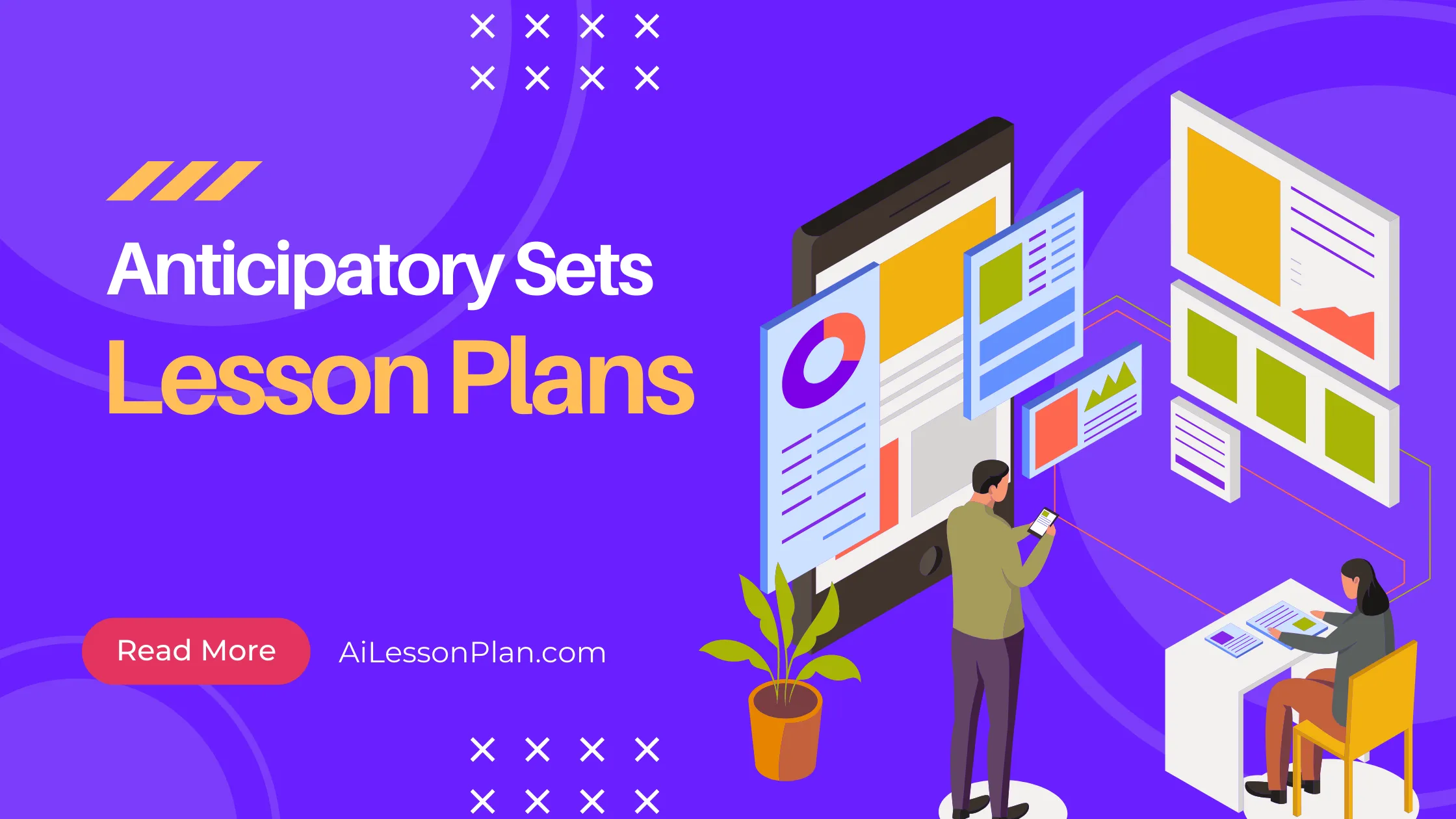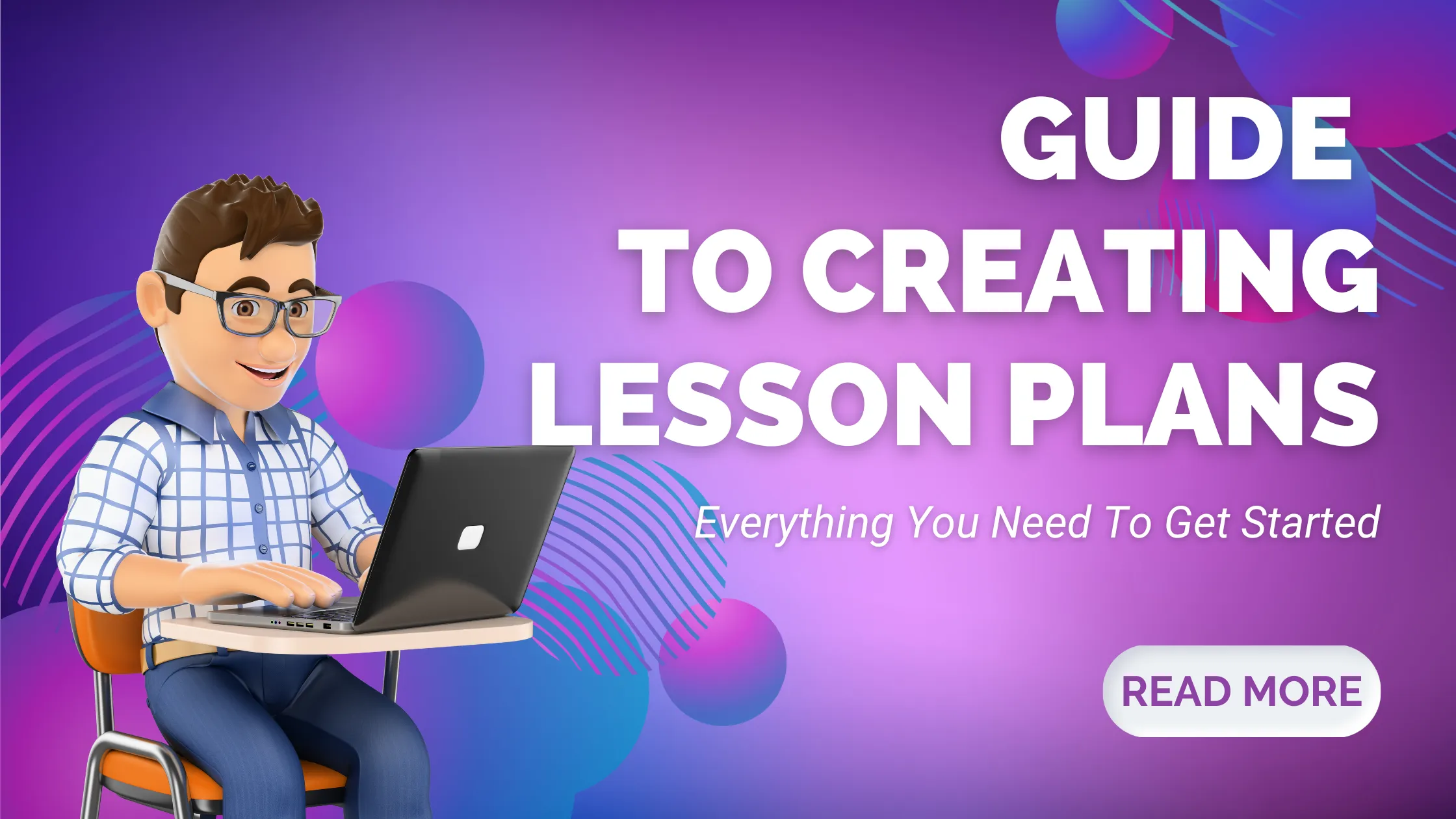How can lesson plans be structured to incorporate engaging and interactive activities?
Structuring Lesson Plans To Include Engaging Interactive Activities
Introduction
In today's rapidly evolving educational landscape, it is essential for educators to create lesson plans that go beyond traditional methods and incorporate engaging and interactive activities.
By doing so, teachers can enhance student participation, promote active learning, and foster a positive classroom environment. This article delves into effective strategies for structuring lesson plans that captivate students' interest and facilitate their overall learning experience.
The Importance of Engaging and Interactive Activities
Engaging and interactive activities have a profound impact on student motivation, knowledge retention, and skill development.
When students are actively involved in the learning process, they become more invested in their education and are more likely to succeed academically.
Such activities encourage critical thinking, problem-solving, collaboration, and creativity, which are essential skills for the 21st century.
Incorporating Engaging and Interactive Activities into Lesson Plans
1. Start with a Clear Objective
Every lesson plan should begin with a clearly defined objective that outlines what students are expected to learn. By having a specific goal in mind, teachers can tailor their activities to align with the desired outcomes. The objective should be written in a student-friendly language and communicated effectively to the learners.
2. Use Varied Instructional Strategies
To keep students engaged throughout the lesson, it is important to incorporate a variety of instructional strategies. This can include group discussions, hands-on experiments, multimedia presentations, debates, role-plays, and educational games. By employing different approaches, teachers cater to diverse learning styles and preferences, making the lesson more inclusive and accessible to all students.
3. Integrate Technology
In today's digital age, technology can serve as a powerful tool to enhance engagement and interactivity in the classroom. Teachers can incorporate educational apps, interactive whiteboards, online simulations, and virtual reality experiences to make lessons more immersive and captivating. By leveraging technology, educators can bridge the gap between theoretical concepts and real-world applications, sparking students' curiosity and deepening their understanding.
4. Promote Active Learning
Active learning involves students actively participating and engaging with the lesson content rather than passively receiving information. Teachers can facilitate active learning by incorporating activities such as group projects, problem-solving tasks, case studies, and inquiry-based learning. These methods encourage students to take ownership of their learning, collaborate with their peers, and apply their knowledge to real-life scenarios.
5. Foster a Positive Learning Environment
Creating a positive and inclusive learning environment is crucial for engaging students and promoting their active participation. Teachers should establish a classroom culture that values respect, open communication, and collaboration. They can encourage students to share their ideas, ask questions, and provide feedback. A supportive atmosphere empowers students to take risks, express themselves freely, and engage wholeheartedly in the learning process.
6. Incorporate Real-World Connections
To make the lesson content more relevant and relatable, teachers should strive to incorporate real-world connections. By highlighting how the concepts being taught apply to everyday life, students can see the practicality and significance of their learning. This can be achieved through guest speakers, field trips, case studies, and discussions on current events. Real-world connections spark curiosity and enable students to connect classroom knowledge to real-world applications.
7. Provide Timely Feedback
Regular and timely feedback is essential for students to gauge their progress and make necessary improvements. Teachers should provide constructive feedback that focuses on strengths, areas for growth, and actionable steps for improvement. Feedback can be given through individual conferences, written comments, peer evaluations, or self-assessment activities. By receiving feedback, students gain insights into their learning journey and are motivated to actively engage in the lesson content.
Conclusion
Incorporating engaging and interactive activities into lesson plans is crucial for creating an optimal learning experience. By starting with a clear objective, using varied instructional strategies, integrating technology, promoting active learning, fostering a positive learning environment, incorporating real-world connections, and providing timely feedback, teachers can structure lesson plans that captivate students' interest and enhance their overall learning outcomes. Remember, the key is to be creative, flexible, and responsive to the diverse needs of your students. Let's embrace innovative teaching methods and ensure that every student has the opportunity to thrive in an engaging and interactive educational environment.

